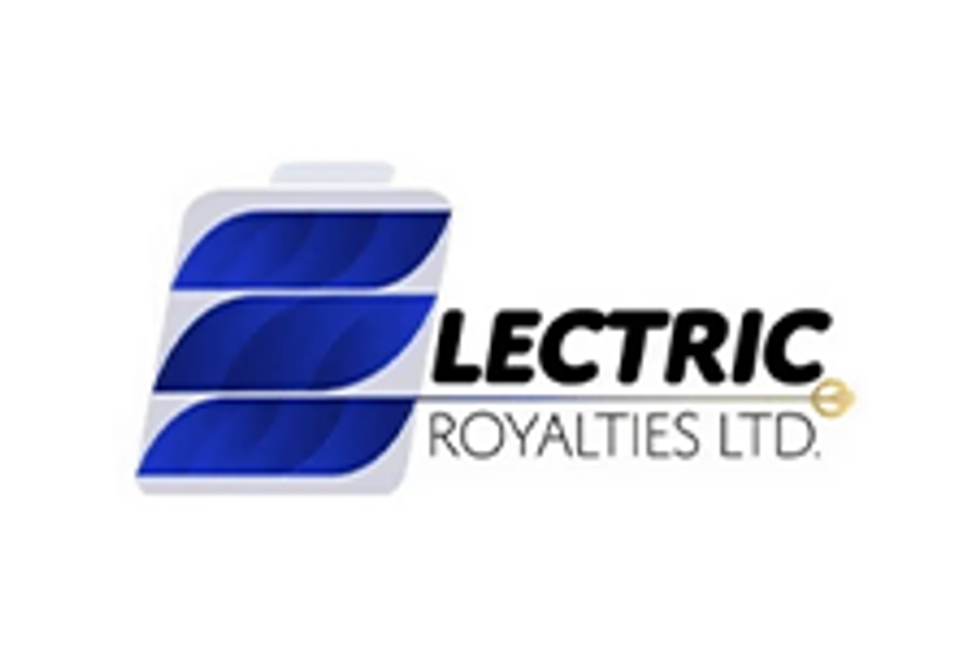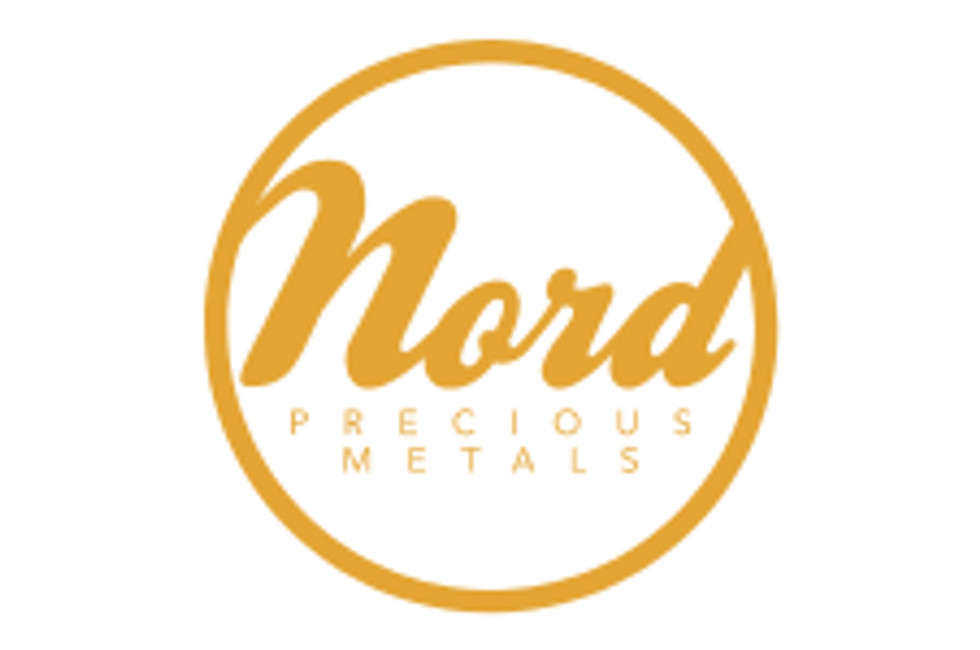Cobalt Uses: Batteries and More
Cobalt is most widely known for its role in lithium-ion batteries, but there are plenty of other cobalt uses.

Cobalt, an ultramarine pigmented mineral, has been valued by humans since the Egyptians used it as a coloring agent.
Today, this critical metal is considered an essential element. Cobalt is best known as a raw material in lithium-ion batteries, but its high melting point and ability to maintain strength even at raised temperatures make it useful in cutting tools, superalloys, surface coatings, high-speed steels and many other materials.
Below is an overview of those and other cobalt uses that investors should know about.
How is cobalt used in rechargeable batteries?
Today, one of cobalt’s main applications is in rechargeable batteries of all kinds. The metal is crucial in the manufacturing of these batteries because it helps them overcome numerous issues.
For example, early iterations of nickel-metal hydride batteries had issues such as a poor lifecycle, internal cell pressure and corrosion. Engineers found that adding cobalt solved many of these problems.
Similarly, the first versions of lithium-ion batteries were found to be too reactive, resulting in battery fires. These batteries have been stabilized and now contain up to 60 percent cobalt per cell.
Demand for rechargeable batteries has risen sharply in the last couple of decades. In the mid-1990s, only 1 percent of cobalt was used in electronics. However, figures from 2020 show that 56.54 percent of the cobalt produced globally was consumed by the battery industry at that point. This number is expected to continue to rise due to increased demand for smartphones, electric vehicles (EVs) and other electronics that require rechargeable batteries.
EVs in particular have become a huge source of cobalt demand in recent years. They are powered by lithium-ion batteries, and as noted, cobalt is one of the key raw materials in these batteries. This increasing need for cobalt drove prices for the commodity up substantially in 2017 and early 2018, and again in 2021 and 2022.
In response to these high prices, some battery makers are now looking at ways to use more nickel and less cobalt in lithium-ion batteries. For instance, Asian battery manufacturers are aiming to change the ratio of their cathode materials from 60 percent nickel, 20 percent cobalt and 20 percent manganese to 80 percent nickel, 10 percent cobalt and 10 percent manganese. As yet, it is not possible to totally replace cobalt in these battery formulations.
The battery industry is also working to reduce its reliance on cobalt due to the stigma of human rights violations associated with its mining, particularly in the Democratic Republic of Congo. Cobalt production in the country accounts for about 60 percent of the world’s supply, with most cobalt mined as a by-product of copper. If progress is made in substitution, it’s possible that battery technologies could change to include less cobalt, and as a result have higher energy density.
What applications does cobalt have aside from batteries?
Bolstering demand are the many other cobalt uses aside from batteries.
As noted, cobalt’s ability to stand up to high temperatures and its good oxidation resistance make it an important element for superalloys, which are used for casting airfoils and other structural parts of jet turbine engines.
Cobalt alloys also have a fairly high tolerance for thermal fatigue and can be repaired easily. The metal is also magnetic, and thus can be used to produce permanent magnets.
Another cobalt use is as an essential element in the metabolism of humans and animals — those who cannot retain cobalt naturally have to be treated with B12 vitamin therapy, which contains cobalt.
Cobalt-60 is also used for cancer treatment via radiotherapy, and cobalt is applied in soil dressings in cobalt-deficient soil to prevent “wasting disease” in grazing animals.
This is an updated version of an article originally published by the Investing News Network in 2013.
Don’t forget to follow us @INN_Resource for real-time news updates!
Securities Disclosure: I, Melissa Pistilli, hold no direct investment interest in any company mentioned in this article.
- Top 3 Canadian Cobalt Stocks in 2023 ›
- Cobalt Reserves: Top 3 Countries ›
- 5 Largest Cobalt Mines in the World | INN ›
- Top Cobalt Production by Country | Cobalt Investing | INN ›
- How to Invest in Cobalt | INN ›



